Folk costumes from Mariovo region in 1920s - Photo Gallery
The folk costumes in Macedonia have a centuries-old tradition. They are part of the material culture of the Macedonian people and represent a significant branch of folk art. Created as a collective benefit for all Macedonian people, they have been transferred from generation to generation for many years and have incorporated many elements from the various cultural influences that crossed this part of the Balkans.
Mariovo is a region located in the central part within the ethnic borders of Macedonia. It occupies the central flow of River Crna (Black) and from all sides is surrounded with spacious mountain ranges: Nidze and Kozuf from the south, Seleka Mountain from the west, Dren Mountain from the north and Kozjak with the branches of the Kozuf Mountain from the east. Within these boundaries, the Mariovo region covers some 1,038 km2, representing 4% of the total territory of the Republic of Macedonia (www.itarpejo.org).
The scientific study „Народна ношња у Маријову“ (Folk costumes in Mariovo) published in 1935 by Vojislav S. Radovanovic is one of the most extensive studies of this kind in South Slavic literature in general. It also contains many valuable photos published in this post.
Vojislav S. Radovanovic (January 27th 1894 - April 26, 1957) was one of the most important Serbian and Yugoslav scientists of the 20th century. He was a student and later assistant of the famous Serbian geographer Prof. PhD Jovan Cvijić.
Vojislav S. Radovanovic (January 27th 1894 - April 26, 1957)
Although Prof. Radovanovic was bio geomorphologist, he also did researches in other disciplines such as anthropogeography, ethnology, physical and historical geography, and history. He published a large number of scientific papers, while his doctoral dissertation "Tikvesh and Rejec" was one of the most extensive anthropogeographic monographs in Macedonia.
Vojislav Radovanovic devoted much of his research to the region Mariovo. Hence, his famous collection "Мариовци у песми, причи и шали" (Зборник за етнографију и фолклор Јужне Србије и суседних области I, Скопље (1931). стр. 65-231) was created, where besides the abundant material, a solid register was given, with notes and observations about the emergence of certain types of folk artifacts in this region. In this group of works also is the scientific study „Народна ношња у Маријову“ with 52 images (Гласник Скопског научног друштва св. XIV и XV, Скопље 1935, стр 153) which is one of the studies of its kind in South Slavic literature in general.
Source of photos: (В.Радовановиќ – “Народна ношња у Маријову” – Гласник скопског друштва, књ. XIV, Одљење друштвених наука 8, Скопље 1935, 107 – 179














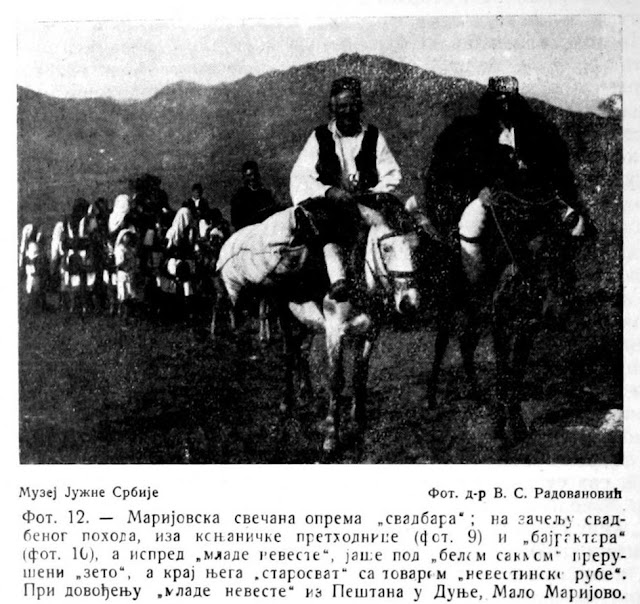





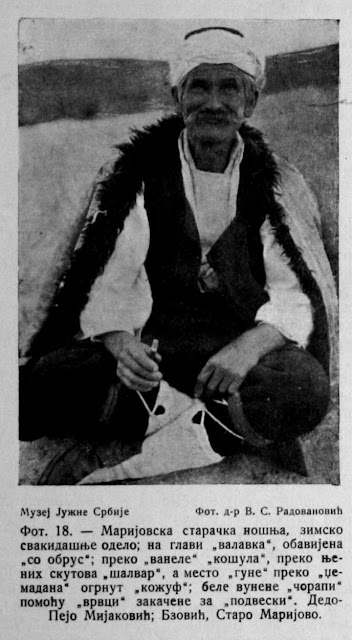



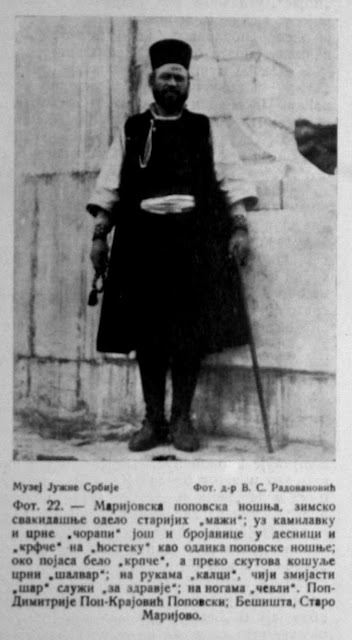

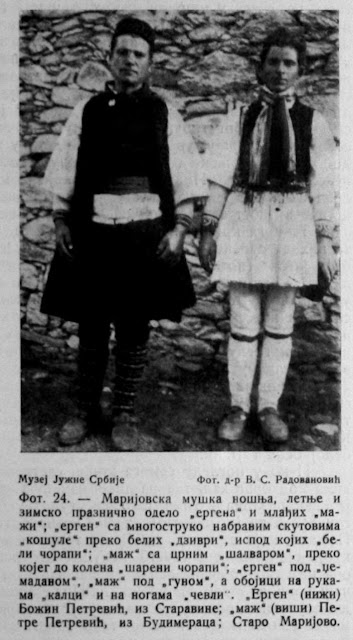
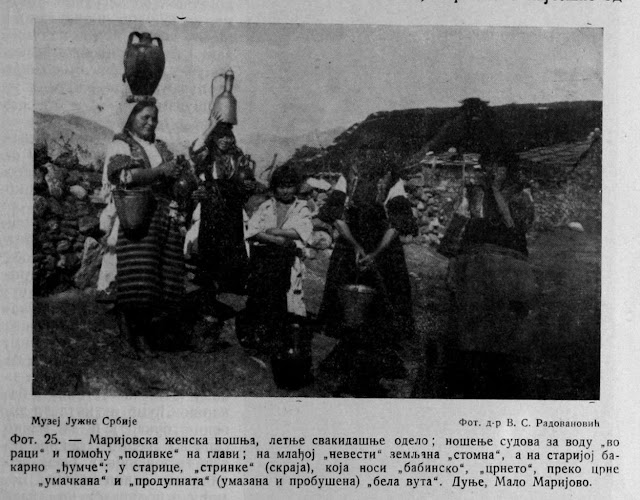






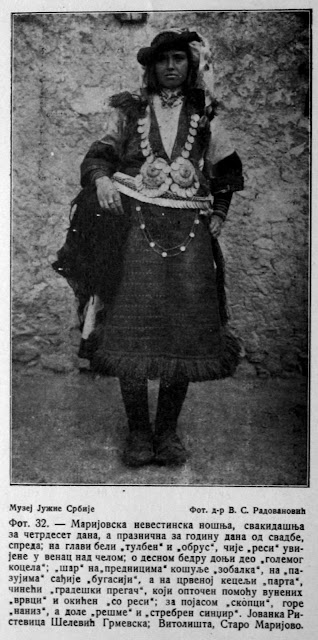





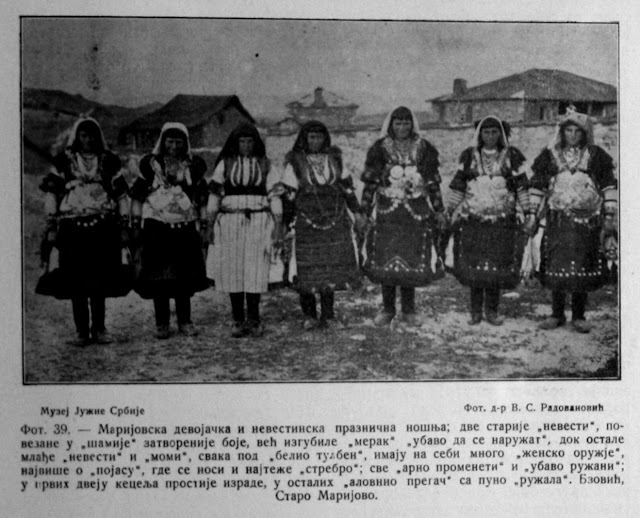



Leave a Comment